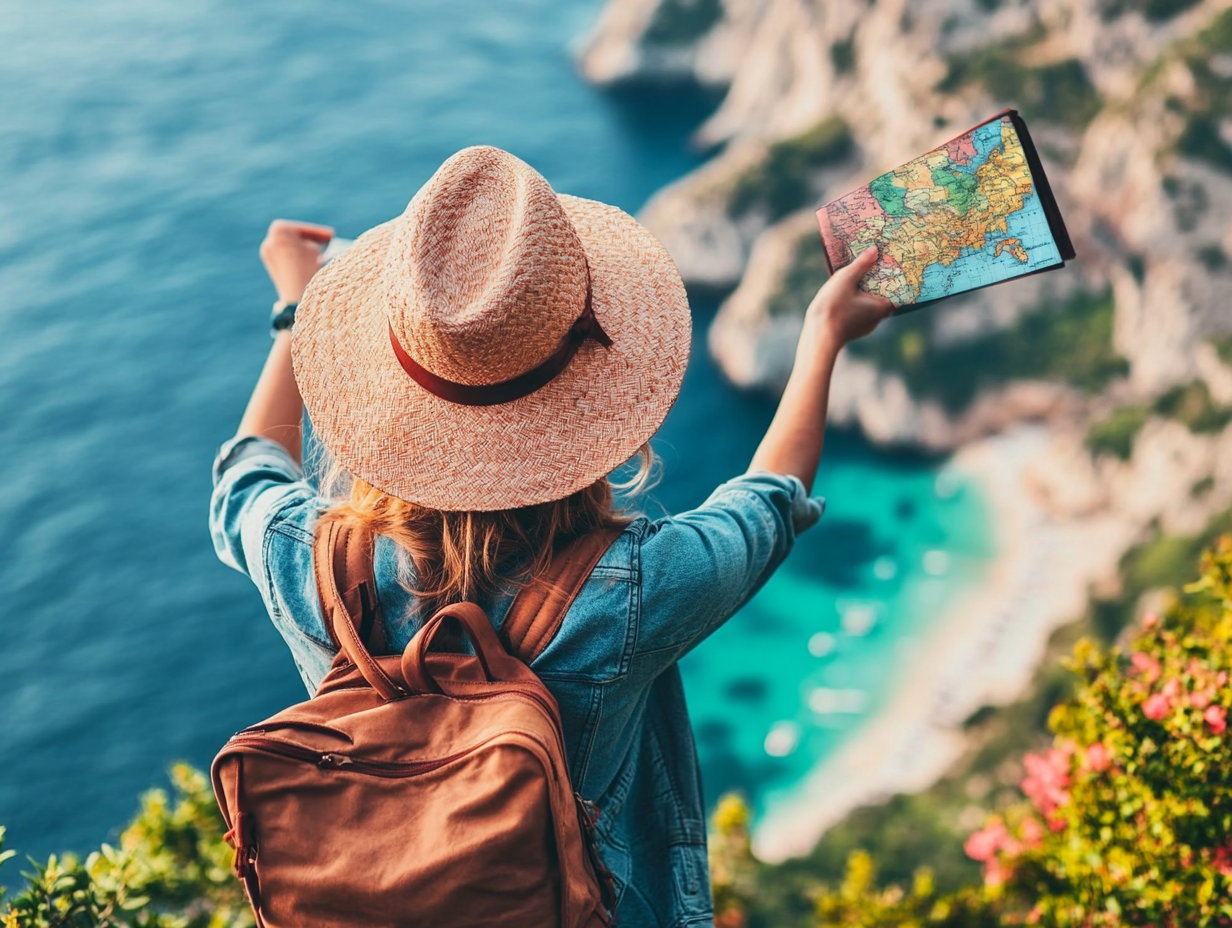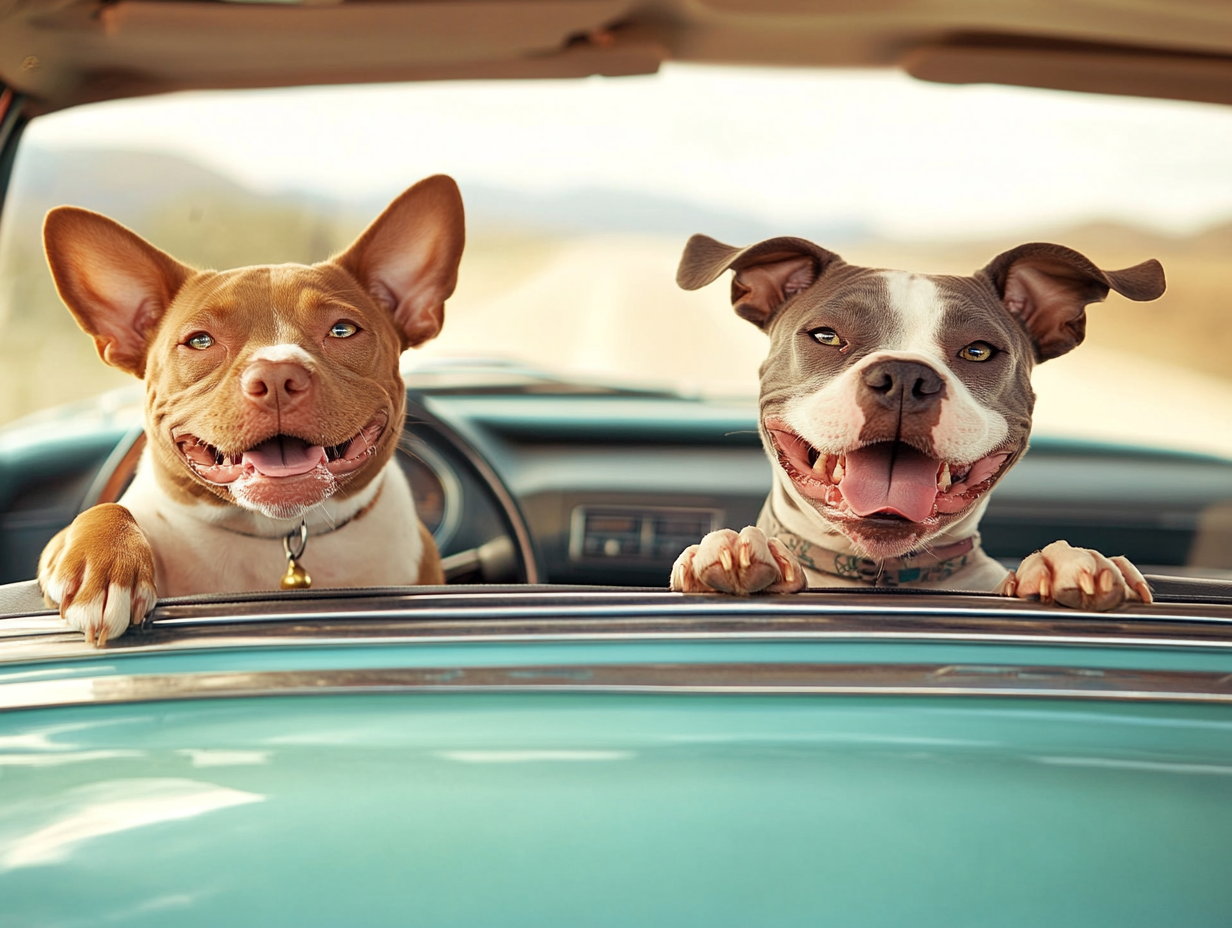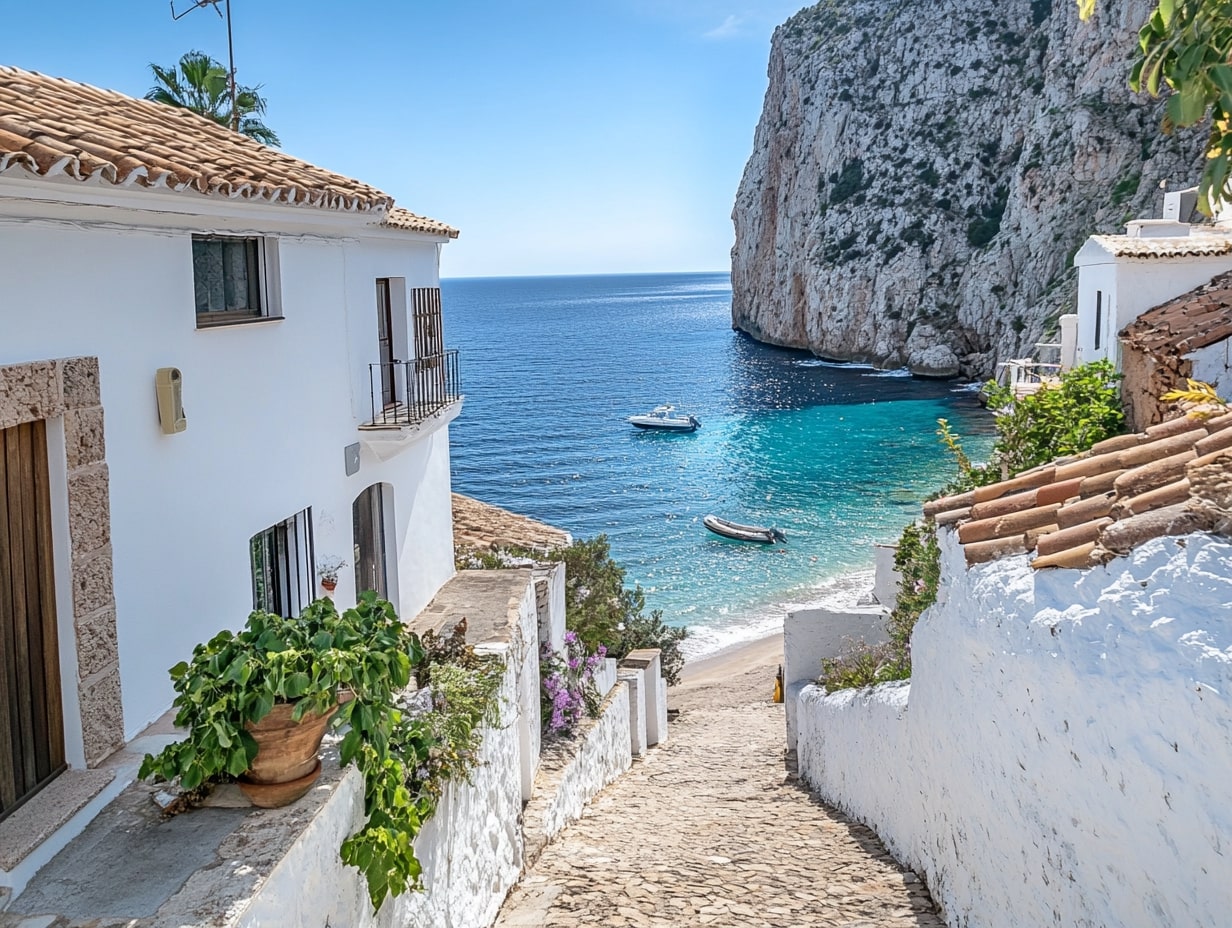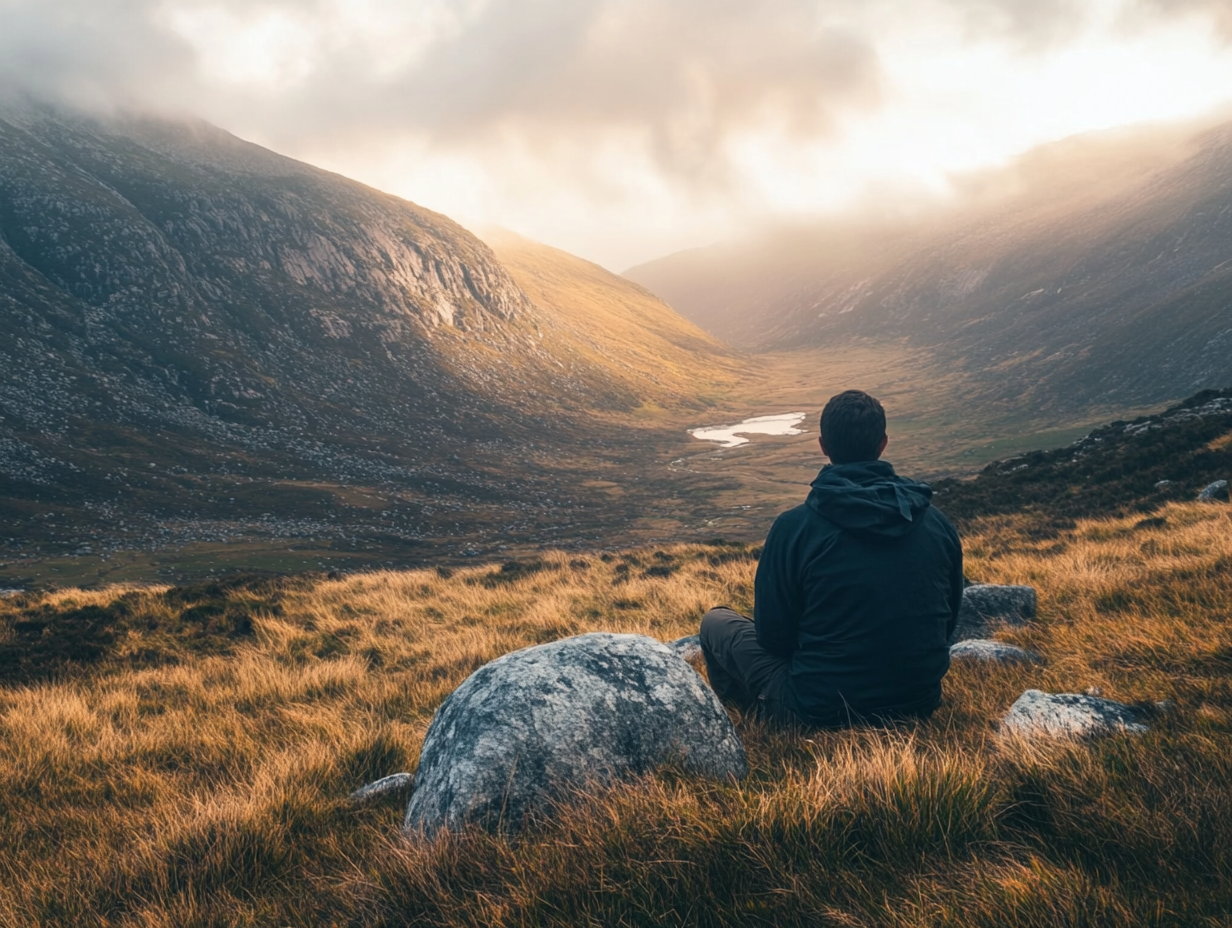According to researchers in Australia, positive tourist experiences can help you live longer.
On your next trip, you can leave behind the anti-aging serums and books of brain teasers. According to a new published study by researchers at Edith Cowan University in Australia, travel itself can keep you young.
The positive experiences associated with trips — the social interactions, mental stimulation, physical activity and healthy cuisines — can delay the aging process, the scientists say.
In the Edith Cowan study, which Science Daily published earlier this month, the experts wanted to find out how positive travel experiences help maintain the human body’s “low entropy,” or gradual decline.
“Tourism isn’t just about leisure and recreation,” Fangli Hu, the study’s principal researcher, told The Washington Post on a Zoom call from Australia. “It also plays an important role in individual health and public health.”
In the theoretical study, part of a multiyear, interdisciplinary project that will include empirical data, researchers noted that many of the lifestyle practices espoused by medical and mental health experts are intrinsic to travel, such as social engagement, appreciating nature, walking or other types of exercise, and nutritious meals. Immersing yourself in a novel destination, the study reports, can slow the aging process.
“Environments, especially beautiful landscapes like forests or beaches, can help us reduce stress and boost our mental well-being and promote physical activity,” Hu said. “Exposure to other tourists, locals or even animals can improve our mood and enhance cognitive function. And travel can lead to healthy eating.”
Though the study did not single out a specific diet, research over the years has touted the benefits of the Mediterranean diet. A recent report published in JAMA Network Open, for instance, concluded that more than 25,000 women who adhered to this diet lowered their risk of dying by up to 23 percent during the 25-year study period. Scientists have studied the connection between local diets and exceptional longevity in five “Blue Zones” across Costa Rica, California, Japan, Italy and Greece.
The study said travel can benefit a wide range of populations, not just the fit. Many people can reap the rewards of travel, potentially averting or alleviating illnesses and extending their life span. The researchers envision this nascent category of travel as an extension of other established trends, such as wellness tourism, health tourism and yoga tourism.
“It could improve healthy people’s well-being and prevent related issues, promote recovery and halt deterioration for individuals in suboptimal health, and serve as a non-pharmacological approach to relieve symptoms and enhance quality of life for those with medical conditions,” the study said.
The researchers warn, however, that travel can also have an adverse effect.
“Conversely, tourism can involve negative experiences that potentially lead to health problems,” the researchers wrote, “paralleling the process of promoting entropy increase.”
Hu noted that travel is filled with inherent risks, such as infectious diseases, accidents and violence. These hazards could activate the agents of aging, or entropy. The study also includes wildlife encounters on its list of potential threats. Travelers, therefore, should do their best to avoid the triggers that could lead to detrimental outcomes.
“Some places can make people with anxiety or depression feel even more uneasy. All this negativity may not be beneficial,” she said. “So the type of travel depends on each person’s situation, their needs and their health status.”
Jie Chen, director of the University of Maryland’s Center on Aging, concurs with the findings and recognizes the link between travel and aging gracefully.
“Overall, the study is promoting the spirit of healthy aging,” she said. “Where you are, the environment, the mental and the physical — it’s the whole package.”
Hu said future studies will focus on how travel can help people with dementia or other chronic illnesses. The researchers hope to expand this burgeoning field that, one can only hope, will lead to more vacation days and fewer sick days.
“The intersection of tourism and health is a very new and promising research area,” she said. “We want to comprehensively explain why tourism can have both a positive and negative impact on health.”



